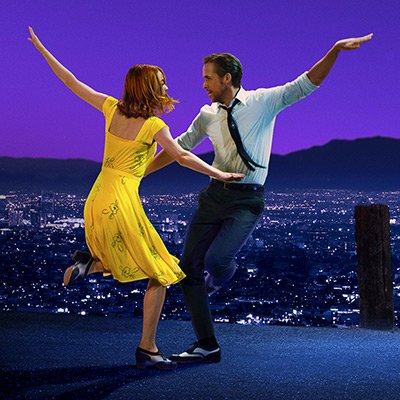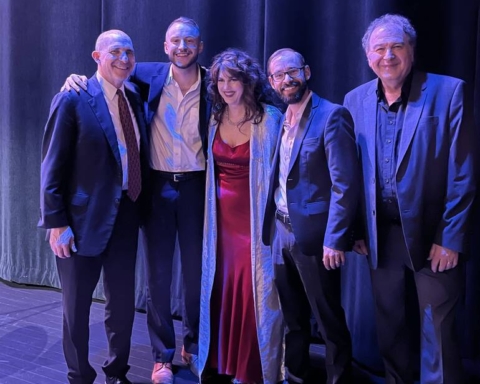On screen, musicals can easily fall dull — adopting a formula of momentous dance numbers, all tied together by loose, shifty dialogue. Damien Chazelle’s La La Land — starring Ryan Gosling as Sebastian, an aspiring jazz pianist, and Emma Stone as Mia, a hopeful actress, must be exempt from this award nomination damning curse — the kind that’s rendered past attempts at cinematic triumph (such as Phyllida Lloyd’s re -imagination of Mama Mia) entirely corny.
With La La Land, Chazelle ensured the film’s knockout lines of failed success and fleeting love never drowned in drawn out, duets or flash mob-style numbers. The film’s musicality is sparse — naturally bleeding out of the character’s unfolding attempts at fame, artistic infatuations and similarly confused outlooks on how to exercise their passions. After all, they’re both artists in their own right — and, so, Sebastian’s singing is second nature, Stone’s flirtatious.
The film’s musical moments — usually laden with obvious (and exceptional) cinematography — make sense, for perhaps the first time in film musical history. The notion sounds dramatic; but, musicals have regularly struggled to captivate apprehensive audiences — those viewers just muddled by the likes of Les Miserables’ belting destitute and The Producers’ performing playwrights.
Often, these haphazard numbers resonate as uncomfortable, out of place and unrealistic. In La La Land, they make sense. These numbers elevate the film’s plot, surrounding Sebastian’s yearning for love and a successful jazz career — which seem somewhat synonymous — and Mia’s similar want for love, but faultier path to a successful acting career. The two, seemingly in love, strive for success, but often fall back on each other. Their dreams, similar in posed struggles, are of different calibers — and, so, time tears the two apart and brings them back together throughout the film. They’re friends, lovers and encouragement to one another.
Perhaps more impressive than La La Land’s well-balanced numbers is the film’s intentional use of complementary color schemes — likely an even larger contribution to the work’s 14 Oscar nominations.
In each of the film’s shots — from panoramic cityscapes to quick party scene flashes — viewers experience color-sparked euphoria. From yellow dresses juxtaposed to purple, far-off skylines to red and green drinks perched upon a table with intent, Chazelle captures viewers in a whole new way — unseen in past film musicals. Chazelle uses each sensory trigger to his advantage: song encourages the ears, bold colors tug at eyes, and a realistic (rather than heartwarming) plot line keeps viewers ready for their next taste of relatability.
La La Land finds its largest pitfalls in Gosling and Stone’s lack of classic training, though. They’re Hollywood, not Broadway — and that renders the film Hollywood, not Broadway. Their singing is recital-like, rather than adopting that musty, over-dramatic show tune sound. For some, that’s a letdown, for others it alleviates otherwise bleeding ears.
La La Land’s a successful attempt at bringing film musicals into the mainstream and, because of that, its critical acclaim may be based in the film’s normalizing of show tunes — rather than its impressive sounds and lines. Still, though, its production is fantastic — Chazelle steals the show, really — with reliability keeping viewers’ feet on the ground, but occasionally elevating the heart to a place of “what if” worlds and dreams.
mcgurllt14@bonaventure.edu








